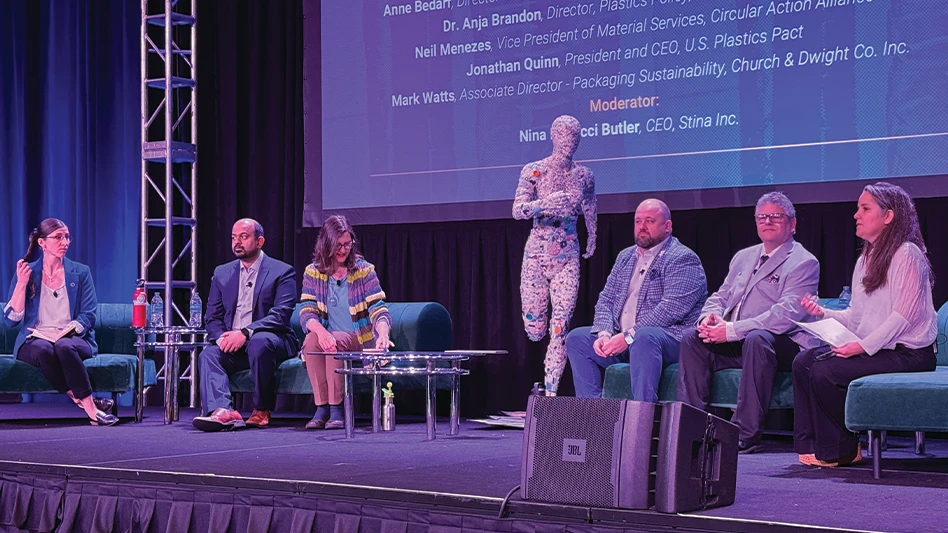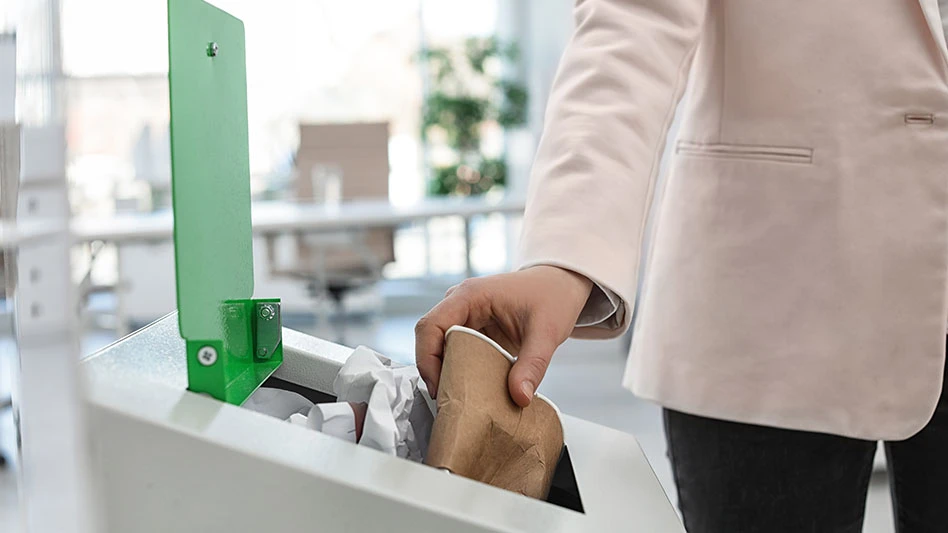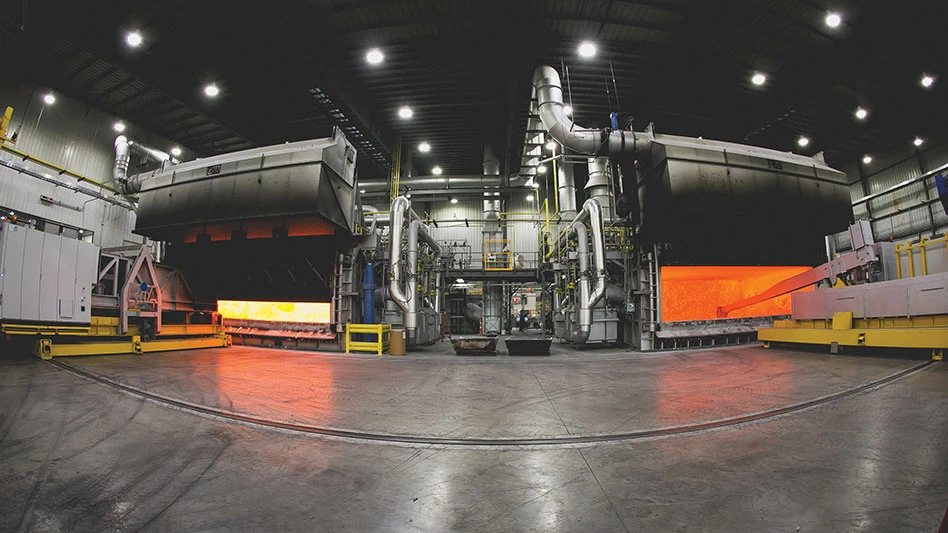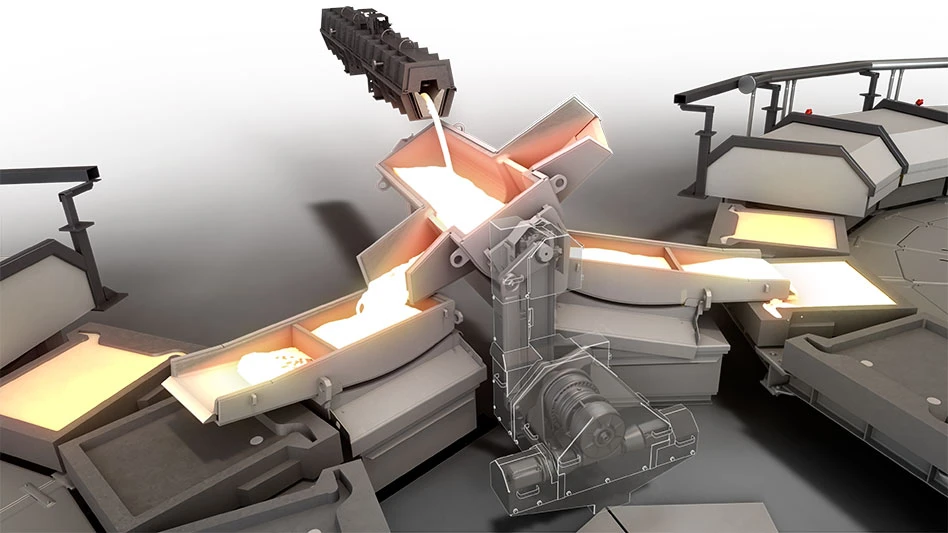
© Romolo Tavani - Dreamstime.com
Last week, Sustainability in Packaging, an event that took place March 11-13 in Chicago, provided insights from brand owners, retailers, packaging manufacturers, government regulators and nongovernmental organizations on trends in sustainable packaging.
Andrew Kern, procurement manager at Smurfit Kappa, which has headquarters in Ireland, presented on March 13 in a session titled Navigating the Sustainability Ecosystem. Kern is part of a team responsible for procuring fiber for the company's 100 percent recycled containerboard mill in Forney, Texas, as well as its other mills throughout the Americas and Europe. During the session, Kern discussed three critical obstacles in packaging that impact the recycling industry: critical mass, too many choices and contamination.
He said the critical mass and too many choices challenges tie into the challenge of contamination.
“With critical mass, you have to have a volume of material to economically have a solution for most recyclable materials,” said Kern “So, that’s part of why we have [single-stream recycling]—it helps us overcome that critical mass. But the byproduct of that is we end up with contamination. Also, a lot of contamination is due to over-choice [with packaging options]. Over-choice tends to lead to poor and wrong choices with recycling, which leads to contamination.”
In the presentation, Kern also shared some myths in the session around sustainable packaging, including:
• Collection of recyclable materials equates to recycling.
• Preconsumer recycled materials and postconsumer recycled materials are equal.
• Biodegradable and biocompostable are the same thing.
Kern said he’s even noticed people in the recycling industry share these myths at times.
“I’m amazed at how often I even see in our own recycling industry the idea that collection equals recycling,” he said. “Just because something is collected at a plant doesn’t always equate to it being recycled, either due to contamination before it comes to the plant or when at the plant. The other myth is that preconsumer materials that are recycled do not necessarily equal postconsumer materials that are recycled. Source-separated industrial materials frequently have end-use homes that don’t once they become comingled.
“Then, the myth of biodegradable and biocompostable being the same thing—there’s a myth about how beneficial they are,” he continued. “A lot of biodegradable products out there turn into contamination [mixed] with their plastic counterparts.”
There are several ways to combat these myths. Kern suggested working with suppliers and recycling facilities to improve communication. At Smurfit Kappa, he said the company’s Better Planet Packaging initiative has helped to bust some of these myths.
“We had an event in November where we invited multiple packaging partners of ours to learn more about end life cycles of packaging,” Kern said. “That’s the encouraging piece. Companies involved in packaging are taking more interest in the end life cycle and wanting to understand it. There are still difficult choices to be made, but they are more involved in that. We’re encouraging that.”
Kern added that he has noticed some trends that may improve the sustainability of packaging. He said Amazon’s Frustration-Free Packaging model and similar design trends that use fewer types of materials help reduce contamination in recycling.
“We’ve even developed some packaging designs that utilize corrugated buffers instead of foam buffers in packaging to eliminate over choice,” he added.
Another trend is the move toward using more recycled materials in packaging to improve sustainability, which he said is driven, in part, by increased consumer demand for recycled content in products.
However, some trends may not be as beneficial to recycling. Kern said there is a trend toward personalized packaging and box demand requirements by customers. “That’s a trend that could work for or against contamination issues, depending on the direction of personalization that goes into that,” he said.
Overall, Kern said he wants to see more packaging trends alleviate contamination challenges faced by recyclers. He said, “My hope is some of these packaging trends ease the challenges of removing contamination. As packaging choices are made with more focus on end life cycles and better understanding them. Really, it’s not been verbalized, but the idea that they want to know it’s not just recovered but recycled to a new product…those are positives I think coming out of some of these packaging trends.”
Latest from Recycling Today
- Fenix Parts acquires Assured Auto Parts
- PTR appoints new VP of independent hauler sales
- Updated: Grede to close Alabama foundry
- Leadpoint VP of recycling retires
- Study looks at potential impact of chemical recycling on global plastic pollution
- Foreign Pollution Fee Act addresses unfair trade practices of nonmarket economies
- GFL opens new MRF in Edmonton, Alberta
- MTM Critical Metals secures supply agreement with Dynamic Lifecycle Innovations





